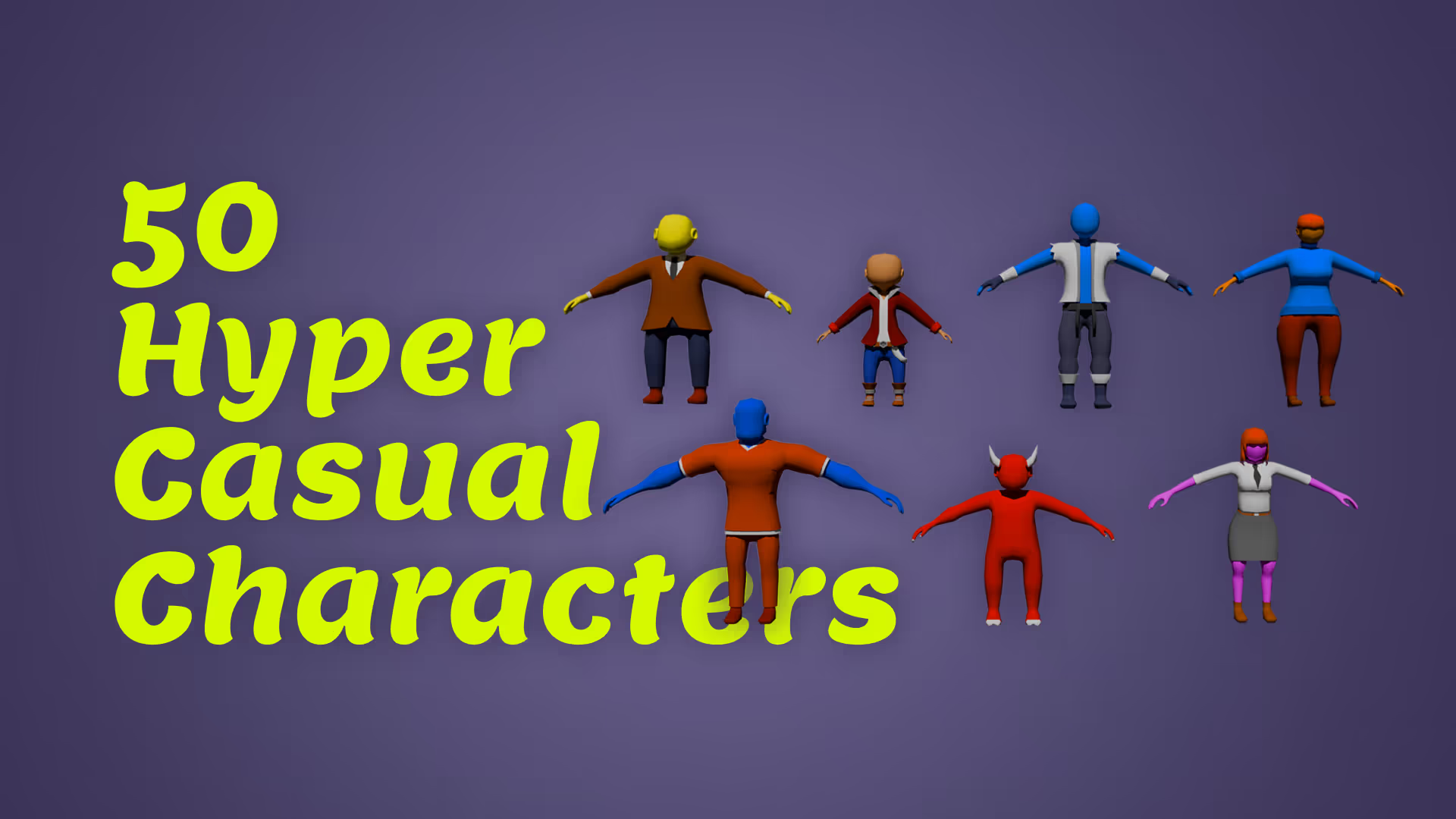Lists vs Arrays in C#
Introduction
In C#, lists and arrays are fundamental tools for building your project. While lists and arrays do share some similarities, they also have distinct characteristics. These characteristics make lists and arrays suitable for different scenarios.
This article describes the differences between lists and arrays in C#. By the end of this article, you will be able to make an informed decision on which tool to use based on your use case.
Key Takeway
- Use a list
Arrays in C#
An array in C# is a fixed-size data structure. This data structure stores elements of the same type in a one-dimensional structure. You can directly access an element using the element index. These records are stored in contiguous memory locations.
⚠️ Limitations:
- You can’t increase or decrease the length of an array once you have initialized it.
Key Features of Arrays
- Fixed Size: Arrays have a predetermined size that cannot be changed after creation.
- Index-Based Access: Elements in an array are accessed using their index, starting from zero.
- Contiguous Memory: Array elements are stored in adjacent memory locations for quick access.
Example of an Array in C#
Let’s say you want to make a new array that has space for 5 integers. Then, you want to assign the number 10 to the first element in the array. The following is a code sample that demonstrates how you would go about it:
int[] numbers = new int[5];
numbers[0] = 10;
Lists in C#
A List is a dynamic collection. You can increase or decrease the number of elements in a List after you have initialized it. Internally, a List uses an array as a base. But, a List provides additional features on top of the basic Array feature-set. These additional features include the following:
- Automatic resizing
- Methods like Add, Remove, and GetRange.
Key Features of Lists
- Dynamic Size: Lists can dynamically resize to accommodate the number of elements.
- Additional Methods: Lists provide a wide range of methods for adding, removing, and manipulating elements.
- Managed: Lists handle resizing and memory management internally so you can focus on higher-level tasks.
Example of a List in C#
Let’s say you want to make a new List. You need it to store 5 integers. Fortunately, you don’t need to decide up-front how many records it can store. That’s one of the benefits of using a c# List.
Apart from that, you want to assign the number 10 to the first element in the List. Fortunately, you can use the Add method to insert the number 10 in the first available slot. The following is a code sample that demonstrates how you would go about it:
List<int> numbersList = new List<int>();
numbersList.Add(10);
Choosing Between Lists and Arrays
Use Arrays When
- You prefer a Fixed Size collection: If the size of the collection is known and you don’t want it to change, arrays offer a straightforward solution.
- You need Direct Element Access: When direct access to elements using indexes is a critical requirement, arrays are more suitable.
Info:
- Direct Element Access is most common when your index maps to an id or physical location, like a point in space. This treats the array like a c# dictionary, where the Key is an easily mappable value.
- You should use a Dictionary for arbitrary Keys that don’t map easily to a one-dimensional index.
Use Lists When
- You don’t need a Fixed Size collection: If you don’t necessarily need your collection to maintain a fixed size, Lists offer more flexibility in development and runtime.
- You need more versatile access: Lists provide a variety of methods for getting and manipulating data, which makes them better for many scenarios.
Performance Considerations
In terms of performance, arrays generally have a slight edge over lists. In general, this performance difference is marginal for most use cases.
However, it can be an optimization area for performance-critical high-volume processing.
As a developer, you should consider the specific use case and performance requirements when choosing between lists and arrays.
Conclusion
Both lists and arrays in C# have their advantages and use cases. The decision to use one over the other depends on factors such as the need for dynamic resizing, direct element access, and overall performance considerations. By understanding the characteristics of lists and arrays, you can now make an informed decision for your project.














.avif)







.avif)



.avif)



